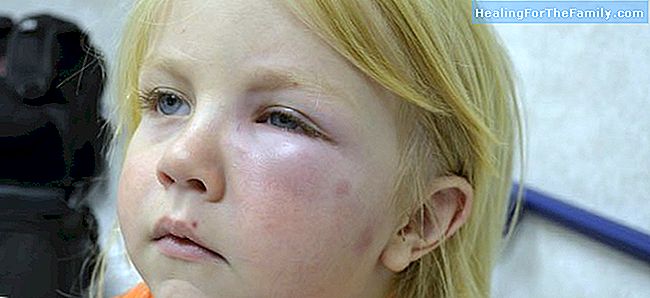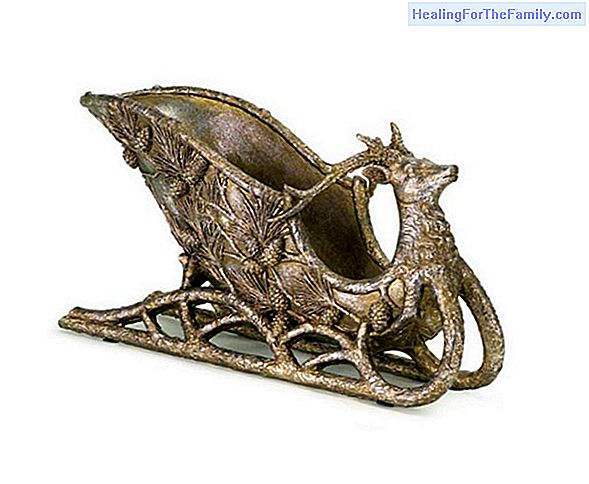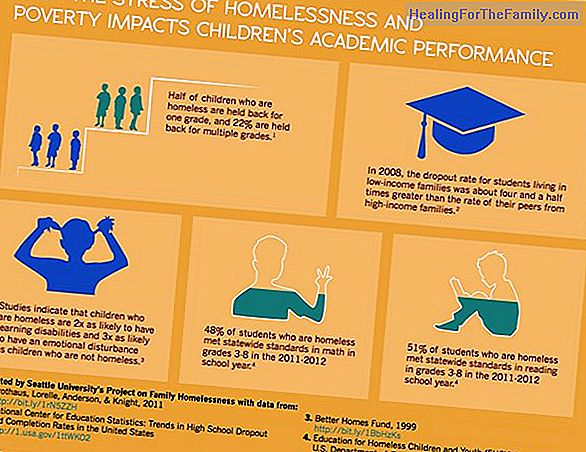Types of allergic reactions to insect bites in children
All insects that inoculate poison can cause allergic reactions . If insects only bite or bite, it is more rare for allergies to develop saliva or anticoagulant substances that some insects secrete, but not impossible. For example, in the case of mosquitoes , the prevalence of saliva allergy is unkno
All insects that inoculate poison can cause allergic reactions. If insects only bite or bite, it is more rare for allergies to develop saliva or anticoagulant substances that some insects secrete, but not impossible.
For example, in the case of mosquitoes, the prevalence of saliva allergy is unknown, but it has been described that around 3% of the population overreacts to its bite. In any case, although anaphylactic reactions have been described by mosquito saliva, it is exceptional that this occurs.
3 types of allergic reactions to insect bites in children

After successive pecks, the places of old bites can be reactivated in the form of reddish, itchy wheals. It is very common in children and is called acute prurigo or papular urticaria. In general, after the bite of an insect, patients usually present the same reaction. There may be some variation in severity, but always with the same types of symptoms.
Most allergic reactions, moderate or severe, are related to Hymenoptera (bees and wasps). The symptoms vary from a local reaction, more or less intense, to the degree of anaphylaxis:
1. Local reaction: The local reaction consists of an inflammation limited to the area of the bite, not exceeding 10 cm in diameter and that it remains, at most, about seven days. It is usually a reason for consultation, but the reaction yields without problems with local cold and anti-inflammatories.
2. Immunocomplex reaction: A different type of reaction, called immune complex reaction or serum sickness, is characterized by being triggered 2-10 days after the bite and with generalized urticaria, fever, joint pain and swollen lymph nodes. lymphatics In this case, a pediatric evaluation is recommended.
3. Anaphylaxis: Lastly, we would have the most serious picture: anaphylaxis. It is characterized by a symptomatology that develops very quickly, within a few seconds or minutes of the bite, and that usually occurs with respiratory distress, hives, palpitations and swelling of the face, eyes and tongue. In this case, it is necessary to go without delay to a pediatric emergency service to receive treatment with adrenaline, corticosteroids and antihistamines as soon as possible. A delay greater than 30 minutes in the application of this treatment can lead to shock and finally to death. Therefore, if a child has already had a severe reaction to an insect bite, he should always carry auto-injectable adrenaline in a pre-filled syringe.
Factors that influence the allergic reaction to insect bites in children
There are more factors that influence the development of a severe allergic reaction. Among them:
- Pre-exposure to stings.
- The severity of the previous reaction (the more severe the previous reaction, the greater the probability that it will be repeated or be more serious).
- The quantity of poison inoculated (depending on the species, extraction or not of the sting, etc.).
- Comorbidity (for example, children diagnosed with a disease called mastocytosis). This is the coexistence of several diseases, usually related. -
Being under medical treatment with certain drugs (for example, beta-blockers or inhibitors of angiotensin-converting enzyme). How childhood insect allergy is diagnosed
To confirm the diagnosis of hymenoptera sting allergy, pruebas skin tests should be performed with hymenopter venom
, a technique that is not free of risks, so it must be performed always by experienced staff. These skin tests should be complemented with the determination of immunoglobulin E specific against hymenopter venom. In any case, there are many who think they are allergic and few are "the chosen ones". In most cases they are intense or exaggerated reactions after a bite, but not allergies as such. And there are some mosquitoes that already know that you will get a good grain since you see them coming in the distance with sharp teeth ...












